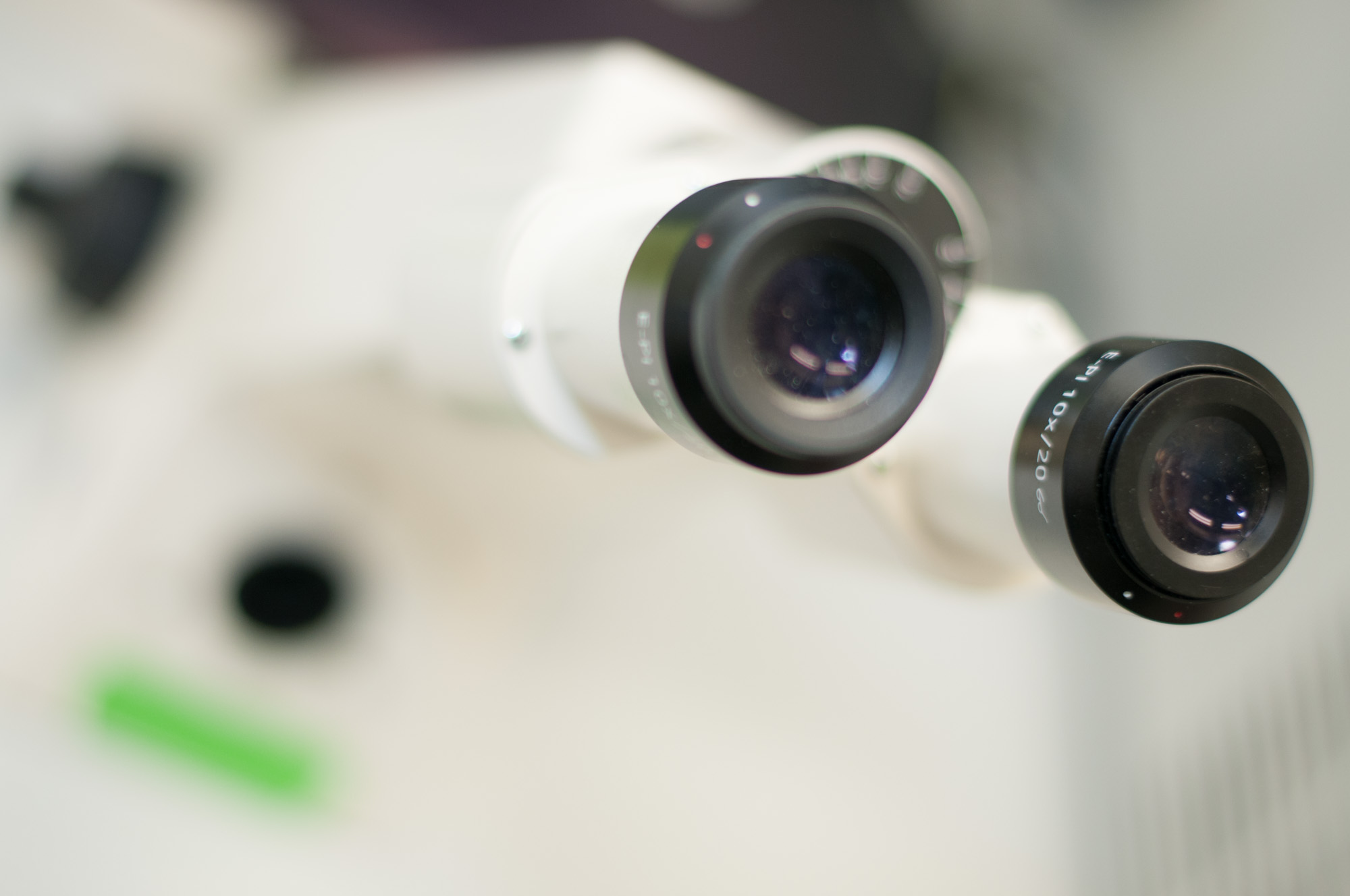
Extracellular Vesicles
- Exosomes (60–150 nm): Formed as intraluminal vesicles within late endosomes and released into the extracellular environment when multivesicular bodies (MVBs) fuse with the plasma membrane.
- Microvesicles (100–1,000 nm): Produced by direct budding from the plasma membrane.
- Apoptotic bodies (> 500 nm): Generated as fragments of apoptotic cells.
In collaboration with Prof. Bernd Giebel at the Institute for Transfusion Medicine, University Hospital Essen, our research focuses on the translational application of mesenchymal stromal cell-derived small extracellular vesicles (MSC-sEVs) in a mouse model of ischemic stroke induced by transient middle cerebral artery occlusion (MCAO).
Key Research areas:
- Neuroprotection: Evaluating the therapeutic potential of sEVs derived from MSCs cultured under various conditions (e.g., normoxia, hypoxia) or genetically engineered MSCs during the acute phase of stroke. To enhance clinical relevance, the impact of stroke-related comorbidities, such as aging and hyperlipidemia, on MSC-sEV-mediated neuroprotection is also investigated.
- Angiogenesis and Neurogenesis: Investigating the role of MSC-sEVs in promoting vascular regeneration and neural repair during the chronic phase of stroke recovery.
- Immunomodulation: Exploring how MSC-sEVs modulate immune responses, particularly by mitigating neuroinflammation through their interaction with peripheral immune cells.
Additional Interests:
Beyond MSC-sEVs, we are also exploring EVs derived from other cell types, including immune cells (e.g., neutrophils and monocytes/macrophages) and non-immune cells (e.g., platelets, endothelial cells, and neurons) to understand their potential therapeutic applications in neurological disorders.
Publications
Extracellular Vesicles Improve Post-Stroke Neuroregeneration and Prevent Postischemic Immunosuppression. Doeppner, T.R., Herz, J., Gorgens, A., Schlechter, J., Ludwig, A.K., Radtke, S., de Miroschedji, K., Horn, P.A., Giebel, B., and Hermann, D.M. (2015). Stem Cells Transl Med 4, 1131-1143.
Mesenchymal Stromal Cell-Derived Small Extracellular Vesicles Induce Ischemic Neuroprotection by Modulating Leukocytes and Specifically Neutrophils. Wang, C., Börger, V., Sardari, M., Murke, F., Skuljec, J., Pul, R., Hagemann, N., Dzyubenko, E., Dittrich, R., Gregorius, J., Hasenberg, M., Kleinschnitz, C., Popa-Wagner, A., Doeppner, T.R., Gunzer, M., Giebel, B., and Hermann, D.M. (2020). Stroke 51, 1825-1834.
Small extracellular vesicles obtained from hypoxic mesenchymal stromal cells have unique characteristics that promote cerebral angiogenesis, brain remodeling and neurological recovery after focal cerebral ischemia in mice. Gregorius, J., Wang, C., Stambouli, O., Hussner, T., Qi, Y., Tertel, T., Börger, V., Yusuf, A.M., Hagemann, N., Yin, D., Dittrich, R., Mouloud, Y., Mairinger, F.D., Magraoui, Fouzi E., Popa-Wagner, A., Kleinschnitz, C., Doeppner, T.R., Gunzer, M., Meyer, H.E., Giebel, B., and Hermann, D.M. (2021). Basic Res. Cardiol. 116, 40.
Postischemic Neuroprotection Associated With Anti-Inflammatory Effects by Mesenchymal Stromal Cell-Derived Small Extracellular Vesicles in Aged Mice. Wang, C., Börger, V., Yusuf, A.M., Tertel, T., Stambouli, O., Murke, F., Freund, N., Kleinschnitz, C., Herz, J., Gunzer, M., Popa-Wagner, A., Doeppner, T.R., Giebel, B., and Hermann, D.M. (2022). Stroke 53, e14-e18.
Neuroprotective and neurorestorative actions of mesenchymal stromal cell-derived small extracellular vesicles in the ischemic brain. Wang, C., Giebel, B., and Hermann, D.M. (2022). Exploration of Neuroscience 1, 61-74.
Extracellular vesicles set the stage for brain plasticity and recovery by multimodal signalling. Hermann, D.M., Peruzzotti-Jametti, L., Giebel, B., and Pluchino, S. (2023). Brain 147, 372-389.






